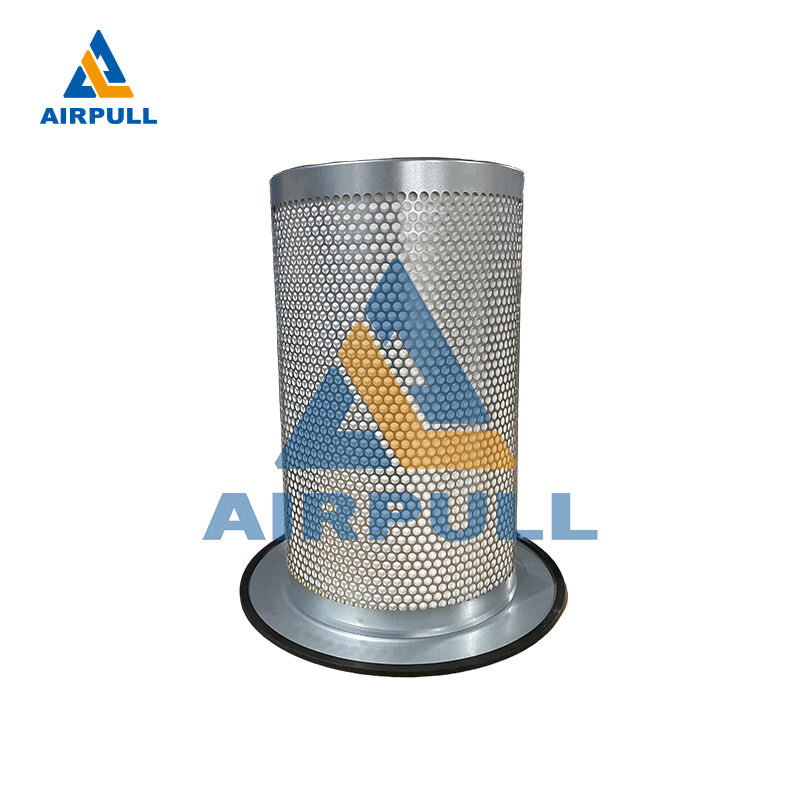Understanding the Critical Role of Air Oil Separation Systems
Air oil separator filters play a fundamental role in maintaining the efficiency and longevity of compressed air systems. These essential components work tirelessly to remove oil particles from compressed air, ensuring clean air output while recycling valuable oil back into the system. Without proper air oil separator filter function, systems can experience reduced performance, increased energy consumption, and potential equipment damage.
The importance of these filtration systems cannot be overstated, as they directly impact both operational efficiency and environmental compliance. Modern industrial processes rely heavily on clean, dry compressed air, making the proper functioning of air oil separator filters crucial for maintaining production standards and equipment reliability.
Primary Challenges in Air Oil Separator Systems
Performance Degradation Issues
One of the most significant challenges faced by air oil separator filters is gradual performance deterioration. As these filters operate continuously, they accumulate contaminants that can restrict airflow and reduce separation efficiency. This buildup occurs naturally over time but can accelerate under harsh operating conditions or when maintenance schedules are not properly followed.
The impact of degraded performance manifests in various ways, including increased pressure drop across the filter, higher energy consumption, and reduced air quality. When an air oil separator filter begins to fail, operators often notice increased oil carryover in the compressed air output, which can lead to downstream equipment contamination.
Environmental and Operating Conditions
Environmental factors significantly influence the longevity and effectiveness of air oil separator filters. High ambient temperatures can cause oil to become less viscous, making separation more challenging. Similarly, excessive moisture in the intake air can create emulsions that are difficult to separate, putting additional stress on the filtration system.
Operating conditions such as frequent start-stop cycles, operating beyond recommended pressure ranges, or processing air with high particulate content can all accelerate filter wear. Understanding these environmental and operational impacts is crucial for implementing effective preventive measures and maintaining optimal filter performance.
Technical Solutions for Enhanced Filter Performance
Advanced Filtration Technologies
Modern air oil separator filters incorporate sophisticated materials and design features to enhance separation efficiency. Multi-stage filtration systems utilize different media types to progressively remove oil particles of varying sizes. Advanced filter materials, such as borosilicate glass fibers and synthetic composites, offer improved separation capabilities while maintaining lower pressure drops.
Technological innovations in filter design have led to the development of elements with increased surface area and optimized flow patterns. These improvements help distribute the air flow more evenly across the filter media, reducing localized stress and extending service life while maintaining consistent separation efficiency.
Monitoring and Control Systems
Implementation of smart monitoring systems has revolutionized the maintenance of air oil separator filters. These systems continuously track differential pressure, oil carryover rates, and other critical parameters, providing real-time insights into filter performance. Early warning capabilities allow operators to address potential issues before they develop into serious problems.
Digital monitoring solutions also enable predictive maintenance strategies, helping optimize filter replacement schedules and reduce unnecessary downtime. By analyzing performance trends, facilities can better understand their specific operating patterns and adjust maintenance protocols accordingly.
Maintenance Best Practices and Optimization
Preventive Maintenance Strategies
Establishing a comprehensive preventive maintenance program is essential for maximizing air oil separator filter life and performance. Regular inspection schedules should include visual checks for physical damage, pressure differential monitoring, and oil carryover testing. Maintenance personnel should document all findings and track changes over time to identify developing issues.
Proper installation and handling procedures are equally important aspects of maintenance. Ensuring correct orientation, proper sealing, and careful handling during replacement can significantly impact filter performance and longevity. Training maintenance staff in these procedures helps prevent common installation errors that could compromise filter efficiency.
Performance Optimization Techniques
Optimizing air oil separator filter performance involves more than just regular maintenance. System-wide considerations such as operating temperature control, proper sizing of components, and maintaining appropriate oil levels all contribute to filter efficiency. Regular analysis of system parameters helps identify opportunities for optimization and potential areas of improvement.
Implementation of best practices such as proper warm-up procedures, regular oil analysis, and maintaining clean intake air can significantly extend filter life. Additionally, keeping detailed records of maintenance activities and performance metrics enables better decision-making for future system improvements.
Future Trends and Innovations
Emerging Technologies
The future of air oil separator filters is being shaped by emerging technologies and innovative materials. Developments in nanotechnology are creating filter media with enhanced separation capabilities while maintaining lower pressure drops. Smart materials that can adapt to changing conditions are also being developed, promising more efficient and reliable separation performance.
Integration of Internet of Things (IoT) technology is enabling more sophisticated monitoring and control capabilities. These advanced systems can provide detailed performance analytics, predictive maintenance alerts, and automated optimization recommendations, leading to more efficient and reliable operation.
Sustainability Considerations
Environmental concerns are driving innovations in sustainable filter design and operation. Manufacturers are developing more eco-friendly filter materials that offer improved recyclability while maintaining high performance standards. Energy efficiency is also a major focus, with new designs aimed at minimizing pressure drop and reducing overall system power consumption.
The industry is moving toward more sustainable practices in filter maintenance and disposal. This includes the development of regenerable filter elements and improved recycling processes for used filters, helping reduce environmental impact while maintaining operational efficiency.
Frequently Asked Questions
How often should an air oil separator filter be replaced?
The replacement interval for an air oil separator filter typically ranges from 2,000 to 8,000 operating hours, depending on operating conditions, maintenance practices, and manufacturer recommendations. Regular monitoring of pressure differential and oil carryover can help determine the optimal replacement timing for your specific system.
What are the signs of a failing air oil separator filter?
Common indicators include increased oil consumption, excessive pressure differential across the filter, visible oil mist in the compressed air output, decreased system performance, and increased energy consumption. Regular monitoring can help detect these signs early before they lead to system failure.
Can air oil separator filters be cleaned and reused?
While some filter elements can be cleaned to extend their service life, most modern air oil separator filters are designed for single use and should be replaced when they reach their performance limit. Attempting to clean and reuse filters not designed for this purpose can compromise system performance and reliability.





